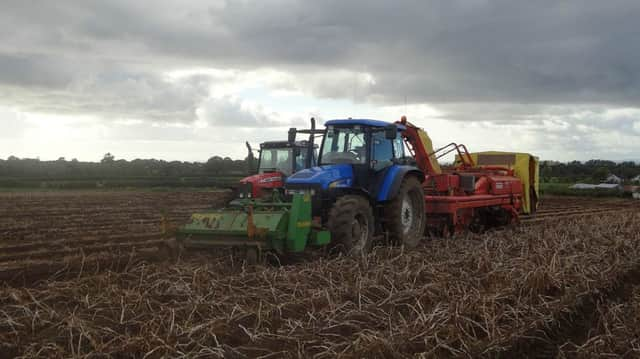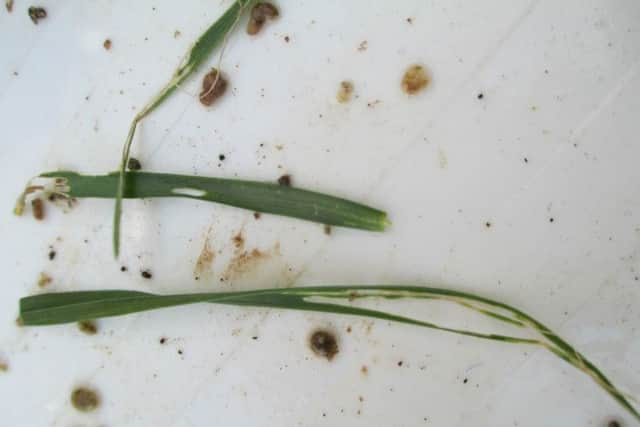CAFRE Management Crops


Continue monitoring stored grain weekly until both grain moisture and temperature have stabilised. Store pests can multiply rapidly in heated grain making early detection the best way to prevent rising populations and grain spoilage.
Slug monitoring
Baiting post harvest will have given an indication of slug numbers. The highest risk to emerging crops is in fields with high slug numbers and where seedbeds are cloddy, damp and seedling emergence is slow. Continue to monitor all winter crops until plants are beyond the vulnerable seedling stage. If using metaldehyde slug pellets follow the metaldehyde stewardship guidelines. More details of treatment options are available on the DAERA website following the links to crops and horticulture, combinable crops and slug control.


Aphid monitoring and virus control
Advertisement
Hide AdAdvertisement
Hide AdControlling virus carrying aphids is crucial to eliminating the cereal virus risk. After emergence, crops are still at risk from winged migrations of aphids throughout the autumn. These migrations are monitored by AFBI and populations are posted weekly on the combinable crops section of the DAERA website, along with information on virus vector control through seed dressings and aphicide spray application.
Weed control
Even if the window for using stale seedbeds has passed there is still the opportunity to apply pre or early post-emergence herbicides. Particularly in the case of troublesome grass weeds, herbicides with residual activity work best when applied before or soon after emergence when any grasses are still small or yet to emerge. This is particularly important for winter barley as spring herbicide options are limited.


POTATO MANAGEMENT
Reducing damage
With potato harvest ongoing keep an eye on mechanical damage to tubers. Damage occurs at any drop from harvesters into boxes or trailers. Bruising is often caused by insufficient soil on the web or excess agitation. Exposed sharp edges or an incorrect share setup cause slicing and oversize tractor tyres running in the drill bottom or stacking overfilled boxes are the most common causes of crushing. Excessive damage often leads to increased problems in store and eventual down-grading of the produce. Early identification of damage is critical. To do this take a daily sample of the harvested crop, wash and inspect for damage. Hotboxing gives a quicker indication if damage, particularly bruising, has occurred. The entire harvesting team should be made aware of the importance of damage and bruise prevention, as they are often in the best position to identify any problem areas.
Drying and curing
Drying potatoes quickly post harvesting prevents the development of skin blemish diseases and soft rots. Drying within 48 hours using positive ventilation systems significantly reduces the development of diseases such as silver scurf. The curing period immediately following harvest is one of the most important storage phases. Wound healing occurs most rapidly at high temperatures and high humidity. Maintaining the crop at 12 to 15oC and 85% relative humidity for a period of about two weeks, often referred to as ‘dry curing’, allows wound healing to take place, whilst minimising the risk of disease development. Ventilating the store on dry afternoons during the curing period normally provides adequate curing conditions.